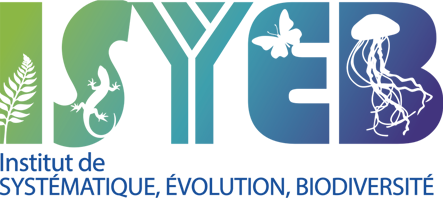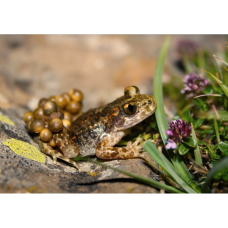Les Séminaires de l'ISYEB accueillent
les seminaires de l’ISYEB accueillent Tristan Charles-Dominique de l’ Institute of Ecology and Environmental Sciences du CNRS
le mardi 2 avril 2019

visuel séminaires de l'ISYEB
A.Iatzoura MNHN









